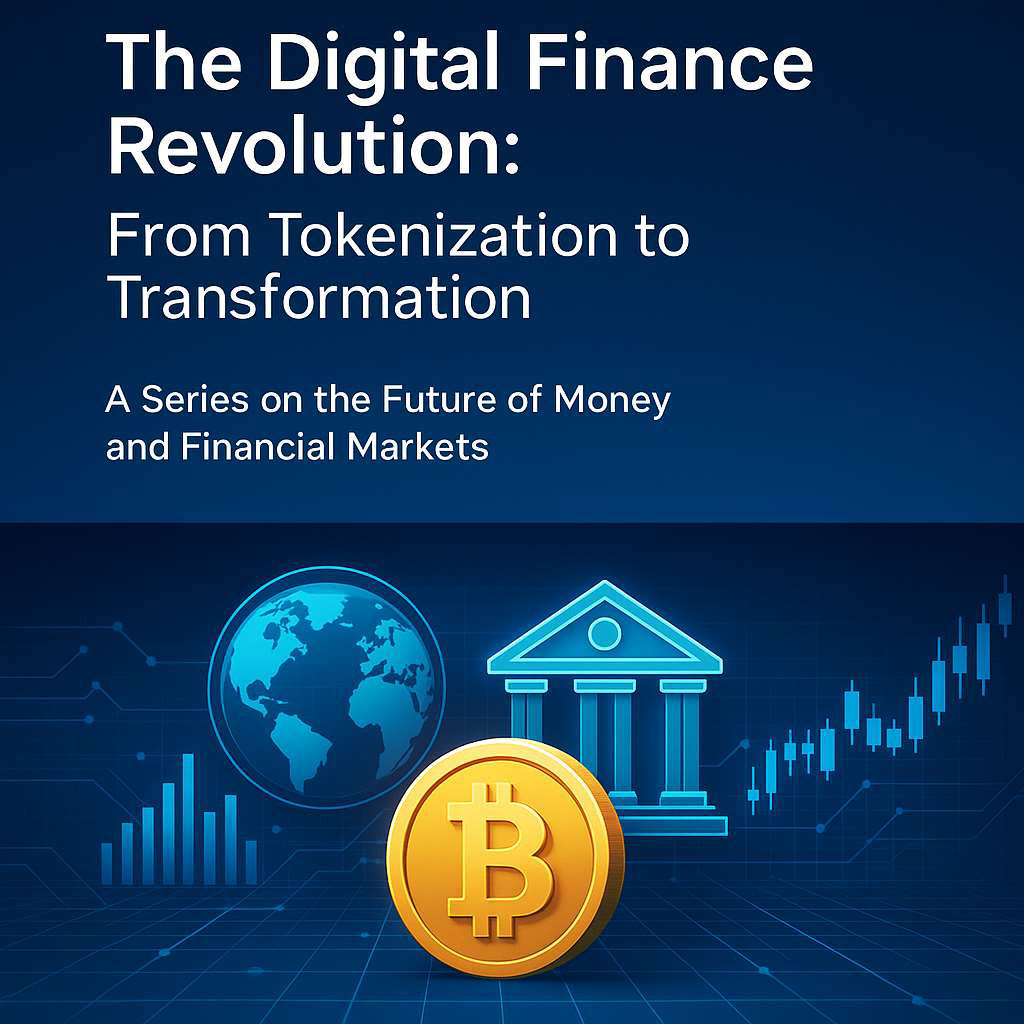
Dr Arndt Faatz MBA
Drawing on experiences and insights
2000-2025
© Dr Arndt Faatz www.videant.eu

Article 3: The Centralization Paradox – Why Crypto Created New Gatekeepers
The Illusion of Decentralization
Crypto’s foundational promise was eliminating intermediaries. The reality? It created new, less-regulated ones. Centralized exchanges like Binance and Coinbase dominate trading. Tether and Circle control stablecoin issuance. Even ‚Decentralized Finance‚ or ‘DeFi’ relies on user-friendly interfaces that become de facto centralization points. After years of navigating the regulatory requirements of traditional finance across Germany, the UK and Ireland, I find it ironic that crypto has essentially recreated the banking system – just without the safeguards.
During my time restructuring operations at MUFG Germany as part of an EU bank, which is part and parcel of an EMEA-wide operation which in turn is reliant on a global operation headquartered in Tokyo (think of a Russian doll), I learned that true decentralization is extraordinarily difficult to achieve even within a single organization. Every attempt to distribute decision-making creates coordination challenges that naturally lead back to centralization. Crypto faces the same forces, but without the governance structures that traditional finance developed over centuries.
India’s Alternative Path
The real payments revolution isn’t happening in crypto – it’s occurring through government-led initiatives like India’s UPI, processing 19 billion transactions monthly. From my own experience of creating a $300 million SEBI-approved investment vehicle for Indian securities, I can attest to India’s capacity for financial innovation within regulatory frameworks. UPI succeeded because it leveraged existing banking infrastructure while fostering competition through interoperability.
This contrasts sharply with crypto’s approach. Where UPI built bridges between existing institutions, crypto attempted to bypass them entirely. In my experience, successful – and that definition includes the characteristics of reliability in all kinds of financial weather – financial innovation requires integration, not isolation. Systems that ignore this principle inevitably develop their own intermediaries – often less transparent and accountable than those they sought to replace.
The Compliance-by-Design Solution
Zero-knowledge proofs (“ZKP”) offer a path forward, enabling privacy without sacrificing compliance. Users could prove they meet regulatory requirements without revealing their identity to the network. This is crucial with regard to the complications (I am not judging here) brought about by the GDPR and its often-pseudo-religious interpretation. I hence appreciate the elegance of this ZKP-solution. It preserves individual privacy while maintaining the system-wide transparency regulators require.
Yet, implementation remains challenging. I have learned that theoretical solutions often founder on practical realities. The infrastructure for compliance-by-design exists, but adoption requires cooperation between traditionally adversarial parties: crypto advocates and regulators. Building such bridges by the way demands the management philosophy I’ve long advocated: Knowledge to understand the technology, Reason to balance competing interests, and Purpose to serve legitimate financial needs while preventing abuse.
